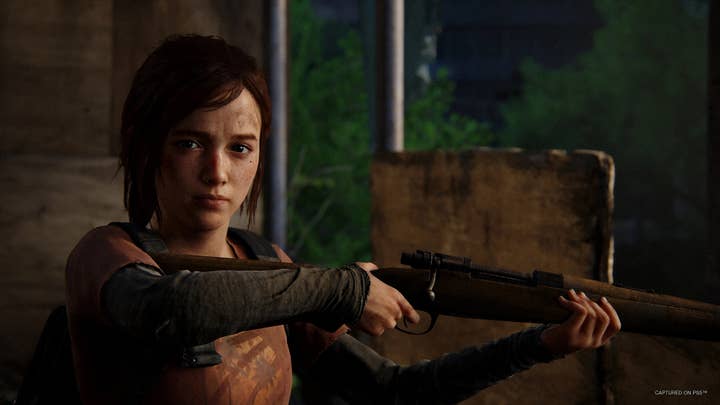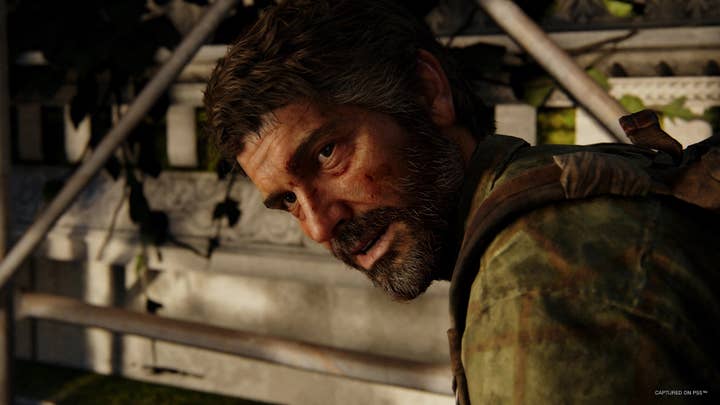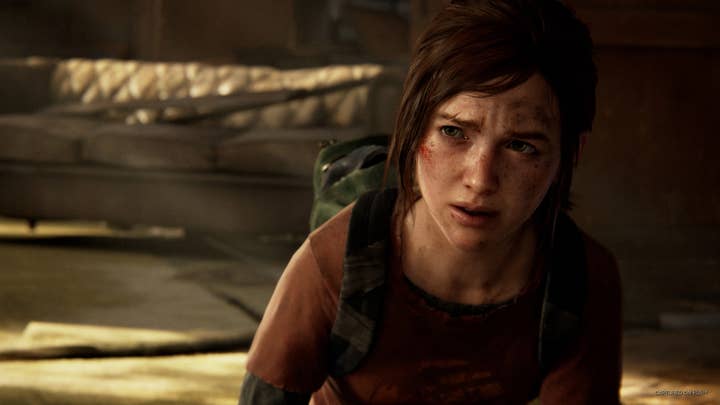The Last of Us Part 1 | Critical Consensus
Remake of Naughty Dog's PS3 game gets high marks for visual makeover, but other changes are slight
The PlayStation 5 received its own version of The Last of Us on Friday with The Last of Us Part 1, and was largely hailed by reviewers for providing a beloved original title with a PS5-powered facelift and making a handful of other adjustments around the margins that improve on aspects of the original game.
With more than 100 critic reviews cataloged by Metacritic, the game is sitting on an average review score of 89.
While some reviewers wrestled with whether or not the remake was really necessary, most were clearly impressed at the graphical overhaul the game was given.
"Among the most noticeable changes are the facts that foliage is denser, destructible objects are more abundant, and reflections are a standout," Luke Rielly wrote in a 9 out of 10 review for IGN. "The soft lighting is also absolutely stunning, and it's brimming with details so granular you'll miss them if you don't look closely enough. The way rain drizzles down Joel's rifle and snakes down his wet shirt before dripping realistically off the bunched parts of his sleeves had me stopped in my tracks, as did how the light picks up airborne dust and spores in the dankest levels."
In a review scoring the game at 3.5 out of 5 PC Mag's Zachary Cuevas said the visual upgrade puts the Last of Us Part 1 "on par with the second game," which was released on the PS4 in 2020.
"It cannot be overstated how much these updated visuals improve the overall experience," Cuevas added. "Areas are absolutely rich in detail: Light shining through the trees, your flashlight cutting through the darkness of abandoned sewer tunnels, and the visceral violence inflicted on both the infected and the survivors add to the game's tense and dark atmosphere."

In giving the game an 8 out of 10 for GameSpot, Jake Dekker echoed a common sentiment about how much more expressive characters seem in the remake.
"The overhauled lighting, sharp new textures, and smoother animations make The Last of Us a prettier game, but it's the details in the faces and characters that make it a more meaningful one," Dekker said. "I can feel the repressed pain in Joel, sense the pervasive hope in Marlene, and glimpse fleeting moments of innocence in Ellie."
Gene Park likewise lauded the visuals in his Washington Post review, saying the new game makes the 3D models of the 2013 original look "stiff and plastic." Park likened the visual leap as being akin to that made from Toy Story 1 to Toy Story 3, although much of the impact of the new looks comes from the game's depiction of brutal violence.
"PlayStation won't market the game this way, but it's worth noting that all of these changes result in far more satisfying, visually impressive violence," Park said. "Beyond a father-daughter tale, The Last of Us has always been one hell of a zombie video game. Zombies and people alike explode in clouds of gore and collapse under the sway of newly realistic, gruesome physics. The screaming of burning bodies feels all the more harrowing with improved fire effects. Louis's house from the first five minutes of the game never burned as bright as it does now."
In a VG247 review giving the game a 10 out of 10, Tom Orry gave high marks to some of the non-visual changes made to the game, like 3D audio, haptics that take advantage of the PS5's DualSense controller, and AI that won't have ostensibly sneaking teammates stumbling through the middle of a battlefield in plain sight, a common complaint with the original game.
"These are all things that make this feel like a new experience, not just a port," Orry said. "The AI is the hardest to judge as no one plays the game tracking the movement of every enemy and buddy, but encounters play out really well, the dynamics changing rapidly depending on how well you utilise stealth. I played the game with USB headphones and the 3D audio is properly unsettling at points. At certain moments the tension proved to be a little too much, so I switched to playing with the sound muted for the sake of my heart."
The rest of Naughty Dog's changes to the game seemed to land with less impact for reviewers. Orry said past criticisms on The Last of Us' gameplay remain relevant, even if they don't bother him as much as others.
"Maybe it's the fact that in the almost-10-years that have followed the original release more and more games have opted for this heavy, rugged feel to combat, but in the remake I didn't find it bothersome in the slightest. There's a slight clunkiness to certain mechanics, such as switching weapons, which I'd usually hate, but... at the risk of sounding like the worst PlayStation fan of all time, it works here rather brilliantly."
Cuevas said the original Last of Us fell short in the moment-to-moment gameplay, something the remake did not fix.
"Despite the improved AI and combat, gameplay is still unengaging and feels rather linear," Cuevas said. "I was hoping The Last of Us Part I would borrow more from the second game's bigger, more varied environments. Instead, it still relies heavily on scripted sequences with numerous quick-time events. Puzzles are another sore spot, as they're typically solved by either tossing Ellie over a wall, pushing a dumpster, or helping her across a body of water."
The wider environments of the second game weren't the only changes reviewers missed in playing the remake of the original. Several also mentioned missing the ability to dive and go prone that re-shaped combat in The Last of Us Part 2.
"[Going prone] may have seemed like a minor mechanic in The Last of Us Part 2, but it fundamentally changed the way I approached combat," Dekker said. "Obviously, Part 1 was not designed with a crawling Joel in mind. There is no grass to hide in, and cover is almost always waist-high, but the inability to go prone does create more of a dissonance between Part 1 and Part 2."

Another common complaint was the complete absence of the original game's multiplayer mode, Factions.
While reviewers largely hailed the game itself, several also made note of Naughty Dog's efforts to give players reasons to go back through it repeatedly. Park in particular praised options that unlock after an initial playthrough like the ability to skip puzzles, automatically scavenge items, infinite ammunition, and a bullet-time effect that accentuates the game's brutality.
"That's the key triumph of this remake," Park says. "It allows more ways to 'perform' your role as Joel, and lets the audience control the pace of repeat performances. The Last of Us, I believe, is a game meant to be played again and again."
While reviewers split on whether or not the game was worth paying full price for – especially considering the 2014 PS4 remaster of the original is available as part of PlayStation Plus subscriptions – they were largely in agreement that The Last of Us Part 1 improved on its highly regarded predecessor.
"A gorgeous and well-honed remake of one of the biggest boppers in the PlayStation pantheon, The Last of Us Part 1 is the best way to play – or replay – Naughty Dog's esteemed survival classic," Reilly said. "The striking improvements it makes to its completely rebuilt world are complemented by the subtle refinements of its characters' performances, and while it isn't retrofitted with every one of the sequel's best changes, the upgrades to movement and AI make a welcome difference in an already outstanding game. It's harder to argue it was an entirely crucial remake, though, considering 2014's The Last of Us Remastered still stands head and shoulders above nearly all of its story-driven, action-adventure peers to this day."

